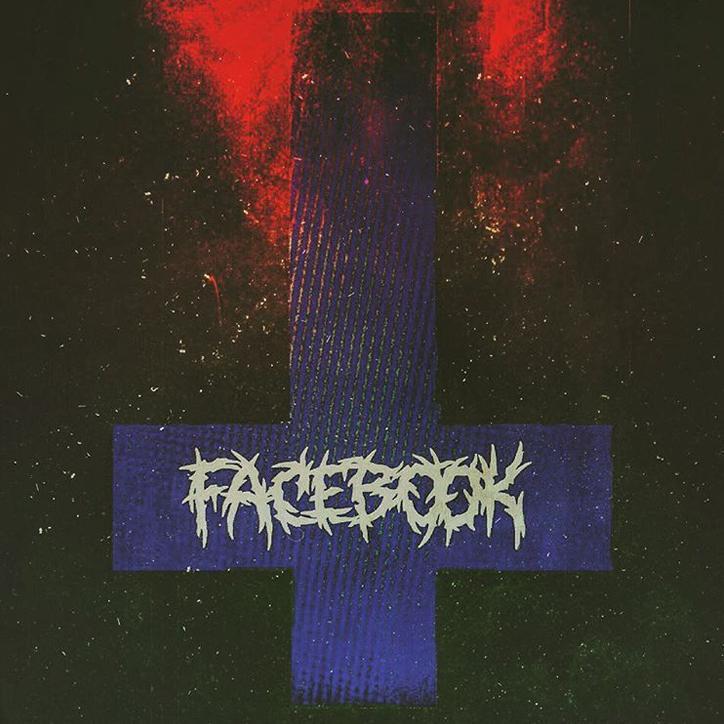Brand logos reimagined as heavy metal albums

Your support helps us to tell the story
From reproductive rights to climate change to Big Tech, The Independent is on the ground when the story is developing. Whether it's investigating the financials of Elon Musk's pro-Trump PAC or producing our latest documentary, 'The A Word', which shines a light on the American women fighting for reproductive rights, we know how important it is to parse out the facts from the messaging.
At such a critical moment in US history, we need reporters on the ground. Your donation allows us to keep sending journalists to speak to both sides of the story.
The Independent is trusted by Americans across the entire political spectrum. And unlike many other quality news outlets, we choose not to lock Americans out of our reporting and analysis with paywalls. We believe quality journalism should be available to everyone, paid for by those who can afford it.
Your support makes all the difference.Brand logos and typefaces are all about minimalism in the app-orientated world, to the point of tedium.
It’s with a fondness for more ornate ones that designer Sean Ross (who is from San Francisco, so he sees a lot of social media companies) reworked the logos of Twitter, Facebook, Google et al into metal album covers.
He riffed on album covers by Danzig, Black Sabbath, Slayer and more, delighting in disrupting the brand’s uniform identities.
“As someone who thinks about visual culture, I’m concerned that branding has become an afterthought in this space — technology and function now lead the way over story and image — what’s under the hood, the core values and DNA of what it is you’re voting for as a consumer, are sidestepped,” Sean told It’s Nice That.
“The visual language of disruption is much more exciting and strange then anything you see in tech; it usually stems from youth and street culture, not white dudes on computers, and it’s constantly shapeshifting.
“While the signifiers of rebellion are always eventually co-opted, it seems like we’re skipping over that part entirely, and immediately going for what blends in to the landscape, which makes sense when you’re chasing ’adopters’, but it’s so detrimental to brands being representative of anything unique or concrete.”
“Having grown up in the 1980s, heavy metal music became the perfect spark for to explore these ideas, because metal does a pretty good job at visually representing what it actually is—loud, disruptive and shocking—anything but safe.”
Join our commenting forum
Join thought-provoking conversations, follow other Independent readers and see their replies
Comments